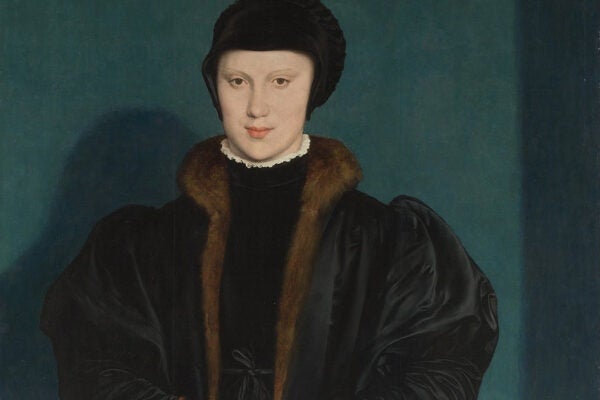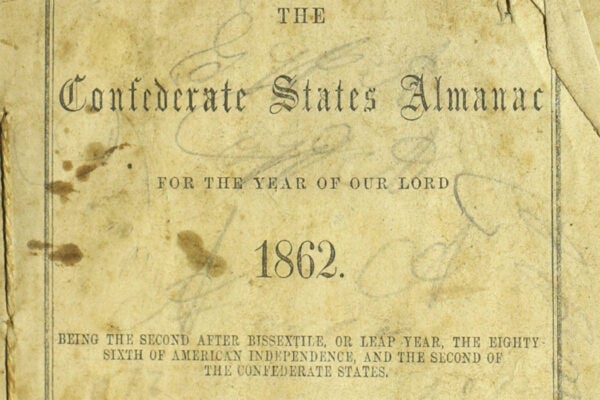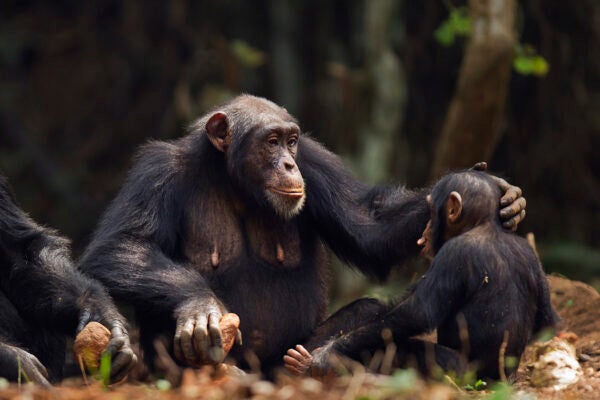Something Old, Something Pneu
Pneumatic tubes offered a leap forward in business and communications, in the office and across the city.
Picturing Christina of Denmark
Christina of Milan, Duchess of Milan, used an unusual tool to avoid becoming one of Henry VIII's unfortunate wives—the royal portrait.
How Hobbies Changed the Home
Basements, sheds, and workshops found their way into American homes because leisure activities pursued by men and boys were often loud and smelly.
Why TRAPPIST-1 Is Our Favorite Alien Planetary System
The TRAPPIST-1 system is a treasure trove of possibilities and questions. Observations by JWST have just begun.
Is the COP28 Climate Deal Enough?
The agreement mandates a reduction in greenhouse gas emissions created by burning fossil fuels and formally adopts a climate loss and damage fund.
On Harvests and Histories
Almanacs from the Civil War era reveal how two sides of an embattled nation used data from the natural world to legitimize their claims to statehood.
What Does It Take to Be Crowned Miss Vietnam USA?
Beauty pageants, a familiar part of post-war diasporic Vietnamese culture, help participants and viewers forge new identities amid forces of globalization.
Ape Memories, Hearing Aids, and The Color Purple
Well-researched stories from Undark, OpenMind Magazine, and other great publications that bridge the gap between news and scholarship.
New Zealand’s Quest to Save Its Rotund, Flightless Parrots
DNA sequencing, GPS tracking and tailored diets are slowly restoring the endangered kākāpō.
Poland’s Colonial Dreams
With the resurrection of a Polish state in the aftermath of World War I, Poland seriously flirted with colonialism—in Liberia.









